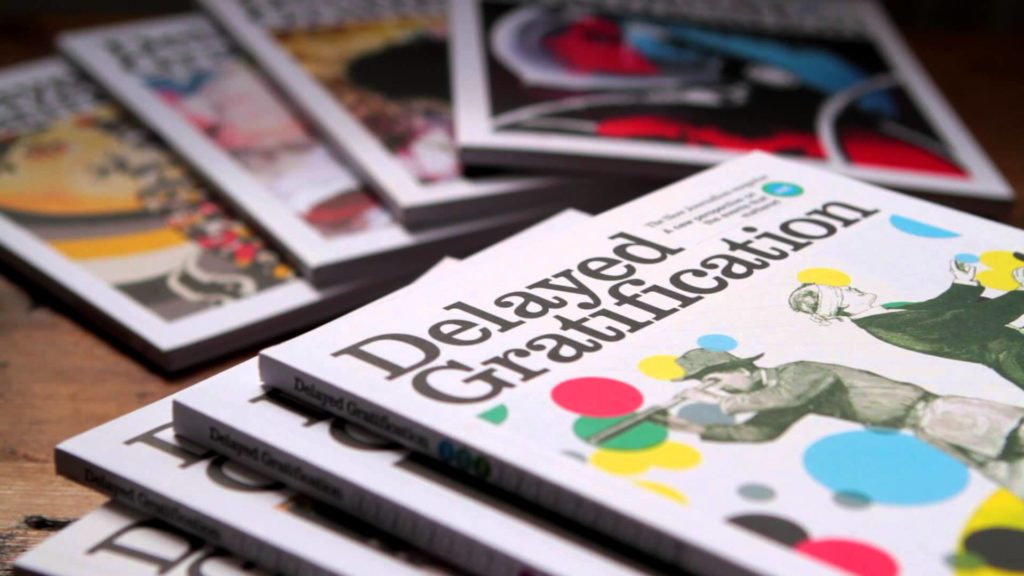
Earlier this summer we introduced our audience to Delayed Gratification, a UK titles that have become a standard bearer for the slow journalism movement. The age of the 24-hour news cycle has turned journalism into a speed race. Scoops and breaking news are filled with scant facts, lots of supposition, and often wild speculation. And by the time the full story has come out (if indeed it ever does), the viewing audience has largely lost interest and is on to the next “shocker.”
As a result, we get a cursory understanding of “what happened” but hardly any insights into why, how or what it all means. It’s a broken news system, fed by news stream social platforms that rely on fast, not deep.
Enter Delayed Gratification, a publication of the Slow Journalism Company in London. And while yes, the magazine does push back against the relentless pace of the 24-hour news cycle, it goes even deeper than that.
As Piet van Niekerk reports in FIPP, Delayed Gratification was first published in 2010, long before fake news and the digital duopoly caught our collective attention, exacerbating the rapid decline of consumer trust in the media.
The magazine launched as an ad-free, subscription-based title, and that’s made a big difference in their ability to create the kind of content they believe in, explains founding editor Matthew Lee. And because they are focused on print only, they aren’t concerned about driving traffic to their website or garnering eyeballs as a metric of choice.
“We are completely free to be curators,” founding editor Matthew Lee explains.
“People who subscribe to a magazine put their faith in editors to provide them with a range of topics that will produce some sort of whole, which has balance, mix and diversity,” Lee continues. “This cannot be driven by analytics, like Google news giving the reader merely more of what they have been reading already. Or being influenced by the whims of advertisers, or public relations groups, focus groups, things that find traction on Twitter or Facebook. We do not worry about any of this.”
Because they aren’t beholden to immediacy, they have the luxury of hindsight. Sometimes, a story has been thoroughly covered by the time they get to it, and they don’t have much to add. And that’s okay.
“If we are last to breaking news and there is nothing to break, there is nothing wrong with it. It is fine. We might decide – with our limited resources – not to dedicate much space to it because it has been covered well,” Lee explains.
But there are times when the news media completely missed important stories or stops covering an important but “older” story because public attention has moved on.
“This might be because they are too busy with something else, like chasing stories about a porn star who might have had a relationship with the American president when the LGBT movement in Egypt finds itself under a government clampdown,” Lee continues. “This is when Delayed Gratification will decide to dedicate five pages to a feature that will highlight this and also focus attention on other human right issues in Egypt.”
As consumers become more aware of the pitfalls of the instant news culture, a longer view like Delayed Gratification’s will become increasingly important. Our collective attention span is brutally short, yet the underlying issues and challenges don’t go away just because the media has moved on.
As we search for real answers outside the 24-hours news treadmill, we expect the slow journalism movement to pick up steam. And it bodes well for solid, long-form journalism that will rebuild our trust in the news media.

August 25, 2020, 5:12 pm